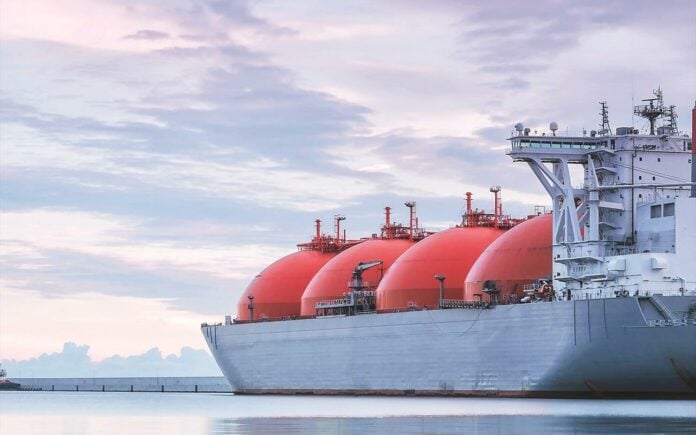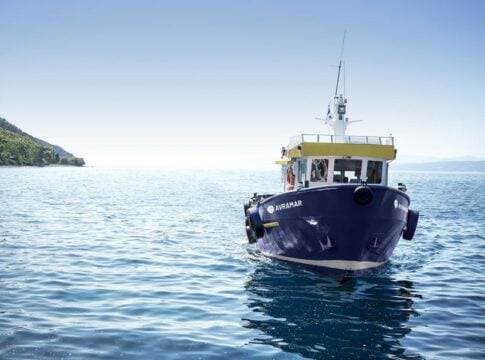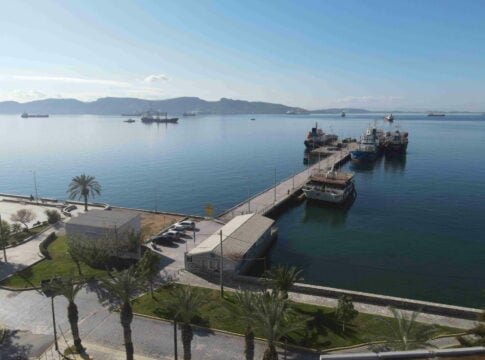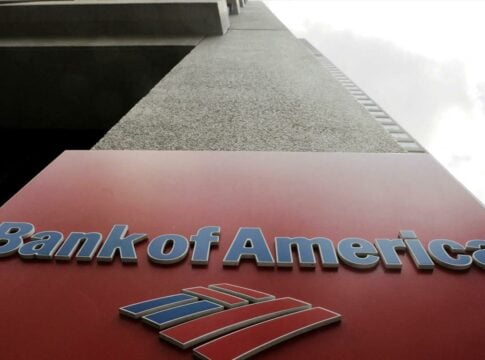The charters of LNG carriers in the spot market increased by more than 30% in about two weeks.
Meanwhile, the strikes continue in Australia, while problems were also recorded in a large production unit in the USA.
According to data shared with “Naftemporiki” by the commodity monitoring platform ICIS, spot rates on September 15 were at 145,000 dollars per day for a TFDE (tri-fuel diesel-electric) type LNG carrier.
On August 30, a steamer of the same class reached an average of 110,000 dollars per day, i.e. within a few days the fares increased by 31.82%.
The increased demand for liquefied natural gas, ahead of winter, in addition to the turmoil in the wider market, contributes to the increase in ship revenues.
According to ICIS data, fares were at 115,000 dollars per day by mid-September, before “climbing” to 145,000 dollars per day on September 16 and above 200,000 dollars at the end of the month while they exceeded 360,000 dollars in October.
Strikes in Australia
Currently, the market’s eyes are turned on Australia. ICIS liquefied natural gas analyst Alex Froley told “Naftemporiki” that Chevron’s Gorgon and Wheatstone units are on strike. These units are responsible for 5%-6% of global LNG supply. Froley noted, however, that the strikes have not yet caused the complete shutdown of the units. The next big meeting of workers in Australia is scheduled for September 22, according to the analyst.
“Although these are large units, the fact that they have not completely stopped their operation limits the impact on the market. We don’t hear of many companies looking for replacement loads of what they were getting from these units. They seem to be hoping that the workers will agree with Chevron to end the strike,” Froley said.
“Therefore, while natural gas prices and ship rates have received a small boost and are likely to remain volatile, the market is on a wait-and-see stance for further developments,” the ICIS analyst added.
USA: Unexplained slowdown
Froley said there have recently been some problems with the US Freeport LNG facility, which accounts for one-fifth of US liquefied natural gas capacity. The analyst noted that the facility has canceled three to four loads so far today.














